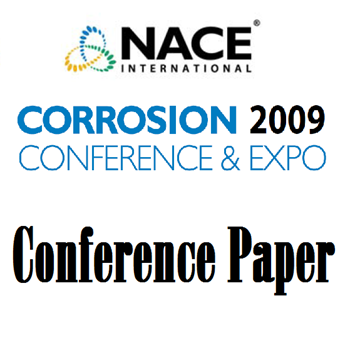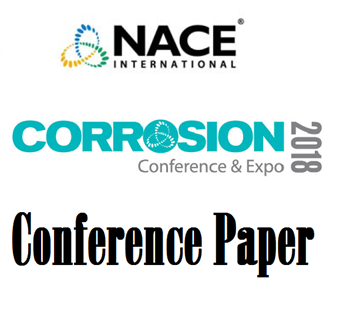Search
Products tagged with 'metal dusting'
View as
Sort by
Display
per page
09153 Control of Metal Dusting Using Alloy Selection, Coatings and Inhibitors
Product Number:
51300-09153-SG
ISBN:
09153 2009 CP
Publication Date:
2009
$20.00
51318-11200-Alloy 699 XA: A new Alloy for Application in Petrochemical Industry under Metal Dusting Condititions
Product Number:
51318-11200-SG
Publication Date:
2018
$20.00
Effects of Minor Alloying Elements on the Metal-Dusting Behavior of Ni-Based Alloys
Product Number:
51320-14657-SG
Publication Date:
2020
$20.00
Investigations on the Microstructural Stability after Long-term High-temperature Exposure of Alloy 699 XA
Product Number:
51323-18845-SG
Publication Date:
2023
$20.00
Mechanical Properties and Thermal Stability of Metal Dusting Resistant Nickel-Base N06235 Alloy
Product Number:
51324-20910-SG
Publication Date:
2024
$40.00
Metal Dusting Resistance Of Nicrmocu Alloy And Its Weld Overlay Under High Pressure Condition
Product Number:
51322-17570-SG
Publication Date:
2022
$20.00






